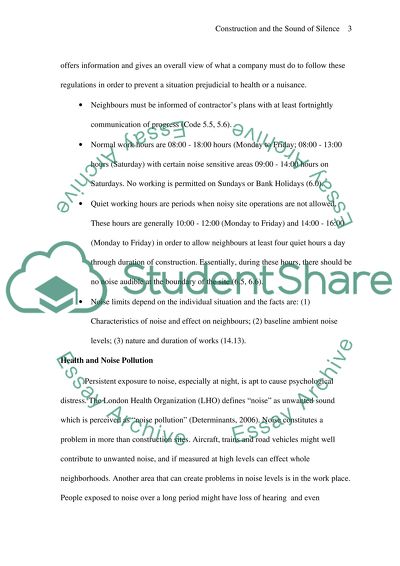Cite this document
(“Controlling Noise Pollution Case Study Example | Topics and Well Written Essays - 2750 words”, n.d.)
Controlling Noise Pollution Case Study Example | Topics and Well Written Essays - 2750 words. Retrieved from https://studentshare.org/law/1513551-controlling-noise-pollution
Controlling Noise Pollution Case Study Example | Topics and Well Written Essays - 2750 words. Retrieved from https://studentshare.org/law/1513551-controlling-noise-pollution
(Controlling Noise Pollution Case Study Example | Topics and Well Written Essays - 2750 Words)
Controlling Noise Pollution Case Study Example | Topics and Well Written Essays - 2750 Words. https://studentshare.org/law/1513551-controlling-noise-pollution.
Controlling Noise Pollution Case Study Example | Topics and Well Written Essays - 2750 Words. https://studentshare.org/law/1513551-controlling-noise-pollution.
“Controlling Noise Pollution Case Study Example | Topics and Well Written Essays - 2750 Words”, n.d. https://studentshare.org/law/1513551-controlling-noise-pollution.


